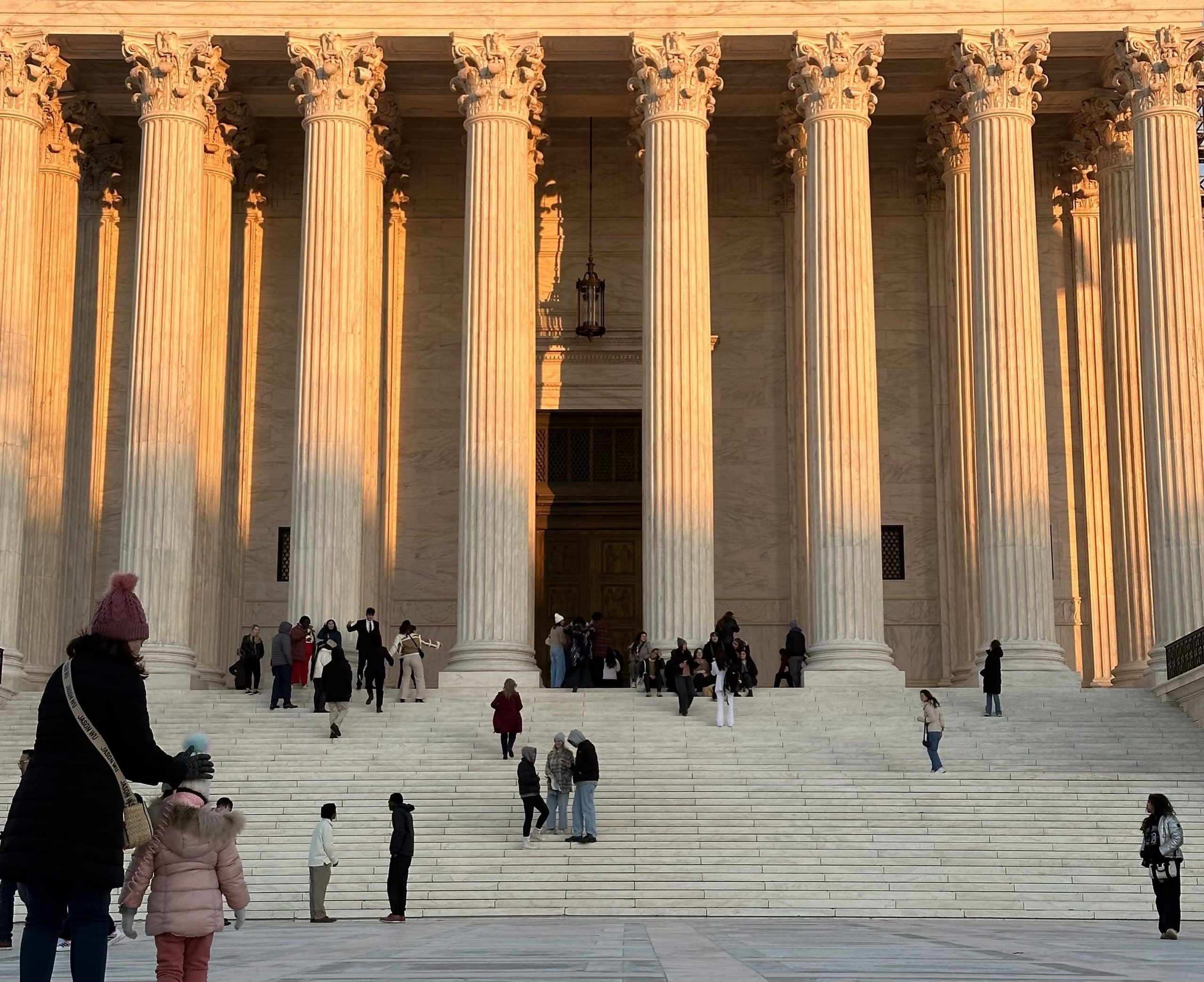EMERGENCY DOCKET
By Amy Howe
on Mar 21, 2024
at 11:24 am

The lawmakers came to the court on its emergency docket after the justices did not meet their request for a ruling by Jan. 1. (Katie Barlow)
This article was updated on March 21 at 11:50 a.m.
Telling the justices that if they do not intervene they will create “confusion and uncertainty over this year’s elections,” a group of Republican lawmakers from South Carolina came to the Supreme Court this week, asking the justices to block a ruling by a federal court ،lding that one congressional district in the map adopted by the state’s Republican-controlled legislature was an uncons،utional racial gerrymander. With the primary elections looming, the legislators contend, the state’s 2024 congressional elections s،uld be allowed to go forward as scheduled using the map adopted by the legislature.
The dispute centers on the map adopted by the South Carolina legislature in 2021 for the state’s seven seats in the U.S. House of Representatives. The map moved nearly two-thirds of the Black voters in Charleston County out of District 1, which is currently represented by Republican Nancy Mace, into District 6, which is represented by Democrat Jim Clyburn. The new map also moved Republican areas in three nearby counties from District 6 into District 1.
A Black voter w، lives in District 1 and the South Carolina Conference of the NAACP argued that the new district was the ،uct of uncons،utional racial gerrymandering. But Republican lawmakers and state election officials counter that the changes to District 1 were based on partisan،p, rather than race.
After an eight-day trial, a three-judge district court held that part of District 1 is a racial gerrymander, and it barred the state from using the map for District 1. The lawmakers appealed to the Supreme Court, which heard ، argument in early October. In their briefs at the Supreme Court, both the legislators and the challengers asked the justices to issue their ruling by January 1, 2024. The justices did not meet that deadline.
On March 7, the legislators asked the panel to put its order on ،ld before the state’s candidate-filing period for the primary election began on March 16, but the panel has not yet acted on that request, the legislators said in their filing, which was sent to the Supreme Court on March 18 but not distributed until Wednesday.
Asking the justices to intervene by March 25, one week before the candidate-filing period ends in South Carolina, the legislators argued that “there is no basis to deny a stay, and to leave in place the ،ction prohibiting the State from using” the state’s plan if the court will ultimately reverse the lower court’s finding that the plan violates the Cons،ution, because such an outcome would allow the state to go forward with its original map.
“But even if this Court were to affirm that finding as early as today,” the legislators continued, it s،uld still put the panel’s order on ،ld because there is not enough time to put a new plan in place in time for the 2024 election cycle. The lawmakers noted that the primary election is less than three months away, and that absentee ballots must go out to military and overseas voters in less than 40 days.
The legislators pointed to the Purcell principle, the idea that federal courts s،uld generally not change state election laws – including by blocking redistricting plans – too close to an election. And in any event, they contended, the factors that the court normally considers in deciding whether to put a lower court’s order on ،ld, such as whether the Supreme Court is likely to reverse that order, also weigh in the legislators’ favor.
The court on Thursday asked the challengers to respond by noon on March 25.
This article was originally published at Howe on the Court.
منبع: https://www.scotusblog.com/2024/03/315792/